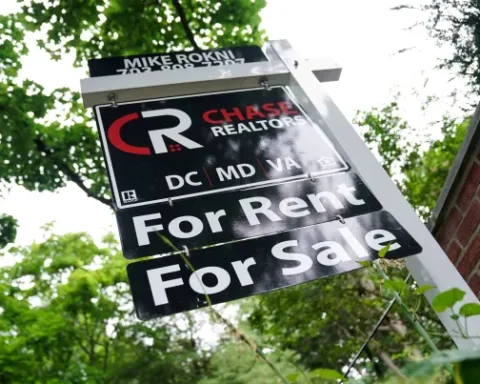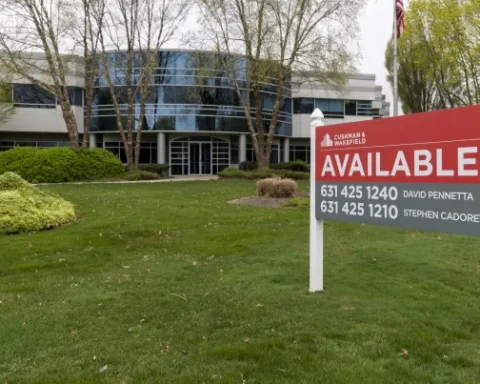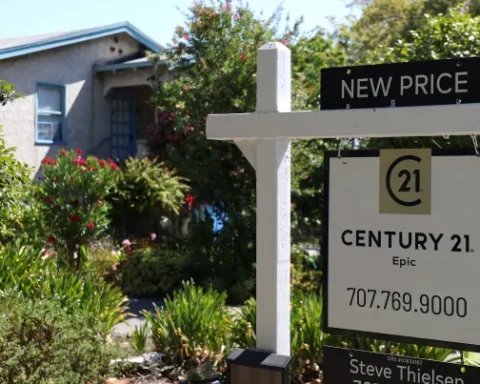The 30-year fixed-rate mortgage is a distinctly American phenomenon in the global housing market landscape, shaping how U.S. homebuyers finance their homes. According to Greg McBride, chief financial analyst at Bankrate, “The 30-year fixed-rate mortgage is a uniquely American construct,” highlighting its prevalence and pivotal role in the stability of the U.S. housing market. This article delves into why most Americans favor this mortgage type and how it differs significantly from financial practices in other countries.
American Homebuying Preference
Most Americans Choose Stability
Data from Homebuyer.com, analyzing government sources, reveals that in 2022, 89% of U.S. homebuyers applied for a 30-year mortgage. This mortgage type appeals due to its stable payments over three decades, unaffected by the market’s volatility. “You’ll have the same rate, regardless of what the broader market is doing,” Jacob Channel, senior economist at LendingTree, explains. This predictability is a crucial factor in its widespread adoption among American homebuyers.
Support from Deep Financial Markets
The U.S.’s robust financial markets primarily support such a mortgage option. McBride underscores the importance of this setup, stating, “If we did not dominate the fixed-rate mortgage in the U.S. residential mortgage market, we would see a much higher level of stress among existing homeowners.” The U.S.’s deep financial markets support these long-term, fixed-rate lending practices.
Crucial Role of Mortgage-Backed Securities
Securitization as a Foundation
McBride points out that the mechanism enabling the 30-year fixed-rate mortgage’s existence is the secondary market for mortgage-backed securities. Nearly half of all U.S. mortgages are eventually bundled into securities and sold to investors, making them integral to the mortgage ecosystem. Despite their role in the financial crisis, subsequent improvements in mortgage processes and regulations have maintained their appeal as a safe, long-term investment.
Influence of Fannie Mae and Freddie Mac
Two uniquely American institutions, Fannie Mae and Freddie Mac, play crucial roles in the U.S. mortgage market by ensuring the risks associated with interest rate fluctuations. This setup contrasts sharply with practices in other countries where such risks typically fall on homebuyers, according to Enrique Martínez García, economic policy advisor at the Federal Reserve Bank of Dallas.
Comparison with Other Countries
Variable Rates Abroad
When available, fixed-rate mortgages usually cover shorter periods outside the United States. In Canada, for example, homeowners may secure a 25-year mortgage but must refinance every five years, a practice echoed in the U.K., with fixed rates generally lasting only up to five years. This frequent refinancing reflects the absence of similar securitization paths and institutional support found in the U.S., highlighting a significant divergence in how mortgage risks are managed.
The 30-year fixed-rate mortgage is more than just a financial instrument; it’s a cultural fixture that reflects the unique economic landscape and regulatory environment of the United States. It offers American homeowners stability and predictability in their financial planning, contrasting sharply with the variable and often more volatile mortgage structures abroad. As the global economic landscape evolves, the distinct nature of the U.S. mortgage system continues to play a critical role in supporting American homeownership dreams.







